As a golfer, there’s nothing more frustrating than stepping up to the tee, only to realize your golf ball isn’t delivering the distance or control you need. It’s a setback every golfer faces especially when your goal is to improve your game. That’s why I set out to find the 5 best golf balls that cater to every type of player whether you’re a seasoned pro or just starting out.
Imagine walking onto the course with the perfect ball in hand, knowing it will boost your performance and confidence. The right golf ball can enhance distance, improve spin control, and give you that soft feel you crave. With so many options, though, how do you make the right choice?
In this blog post, I’m sharing my top picks that address common pain points like lack of distance, inconsistent spin, and poor feel. These golf balls are designed to elevate your experience and give you a true competitive edge on the course.
Get ready to experience a new level of performance and enjoy every moment on the green. Discover which golf balls can help you achieve your best game today. Don’t settle for less your best round starts now.
How We Tested
In our extensive search for the five best golf balls, we tested 26 different brands, including popular names like Titleist, Callaway, TaylorMade, Bridgestone, Wilson, Srixon, Kirkland, Pinnacle, Maxfli, PXG, and more. Each brand offered unique features and performance attributes, allowing us to evaluate critical aspects like distance, control, feel, and suitability across varying playing conditions. After comprehensive analysis and comparison, we narrowed it down to five standout options that cater to different golfing needs and preferences.
For training, we recommend GoSports Foam Golf Practice Balls, which provide a realistic feel while limiting flight, making them perfect for both indoor and outdoor use. For practice, the Callaway Golf Supersoft Golf Balls stand out, offering an ultra-soft feel and impressive distance, ideal for enhancing practice sessions. Players who prioritize control will appreciate the TaylorMade Golf 2021 Distance+ Dozen Golf Balls, designed to provide exceptional control and spin.
If distance is your goal, the Titleist TruFeel Golf Balls deliver maximum distance without sacrificing feel. For accuracy, the WILSON Profile Distance Golf Ball ensures precision, allowing golfers to hit their targets confidently. These five golf balls represent the best of the best golf balls, rigorously tested to help you elevate your game and achieve optimal performance on the course.
Our Top Picks
Best for Training: GoSports Foam Golf Balls
Best for Practice: Callaway Supersoft
Best for Control: TaylorMade Distance+ Golf Balls
Best for Distance: Titleist Titleist TruFeel
Best for Accuracy: WILSON Profile Distance Golf Ball
Best for Training

GoSports Foam Golf Balls
Distance: 5/10, Spin Control: 4/10, Durability: 8/10, Feel: 7/10, Trajectory: 3/10, Forgiveness: 9/10, Consistency: 7/10, Price: 9/10
Core Technology: Foam construction, Cover Material: Soft foam, Compression Rating: Low compression, Dimple Pattern: Limited dimples, Ball Type: Practice ball, Flight Stability: Limited flight, Color Options: Multi-color, Environmental Impact: Safe practice

The GoSports Foam Golf Practice Balls are designed to make your training sessions more effective and convenient. These foam balls provide a realistic feel while offering limited flight, making them ideal for both indoor and outdoor use.
Their soft construction ensures that you can practice your swing without the risk of property damage, making them perfect for confined spaces like backyards or indoor training facilities. With their realistic feedback, these balls allow golfers to refine their swing mechanics while minimizing the need for a large, open area.
Whether you’re practicing in your living room or on the driving range, these practice balls provide an effective and safe way to improve your game.
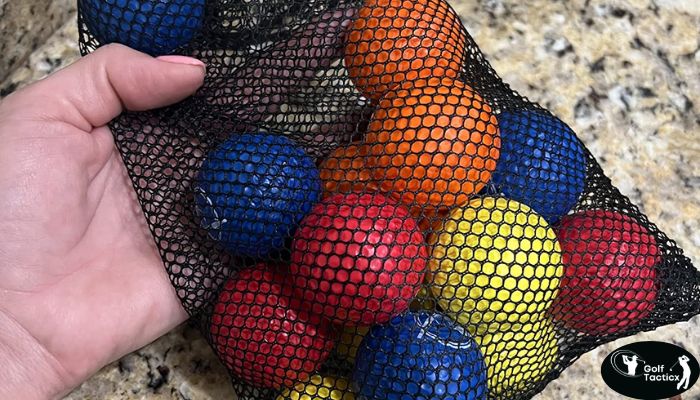
What sets the GoSports Foam Golf Practice Balls apart is their focus on convenience and versatility. You won’t have to worry about broken windows or damaged property, and the limited flight ensures that your practice sessions can be as focused as possible.
Despite their soft design, the balls offer valuable feedback on your swing, helping you gauge your technique accurately. They allow golfers of all levels to work on their mechanics in a safe environment, ensuring that your practice time translates into better performance on the course.
Best for Practice
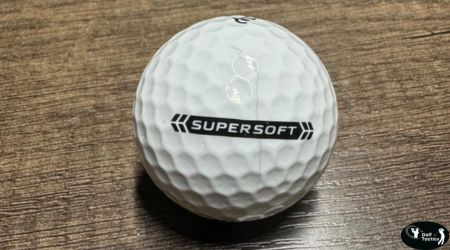
Callaway Supersoft
Distance: 8/10, Spin Control: 7/10, Durability: 8/10, Feel: 9/10, Trajectory: 7/10, Forgiveness: 8/10, Consistency: 8/10, Price: 7/10
Core Technology: Low compression, Cover Material: Soft cover, Compression Rating: Low compression, Dimple Pattern: Optimized design, Ball Type: Distance/Feel, Flight Stability: Moderate spin, Color Options: White, Yellow, Environmental Impact: Standard materials

The Callaway Golf Supersoft Golf Balls offer an exceptional combination of soft feel and increased distance for practice. Featuring a low compression core, these balls are designed to enhance feel while reducing spin off the driver.
This helps create longer, straighter drives with improved accuracy, making them a great choice for golfers who want to gain both distance and control. The soft cover provides increased greenside control, allowing players to have better touch around the green. This combination of distance, feel, and control makes these balls ideal for golfers of various skill levels.
What makes the Callaway Golf Supersoft Golf Balls stand out is their balance of performance and comfort. The ultra-soft feel gives golfers a comfortable experience at impact while maintaining excellent performance.
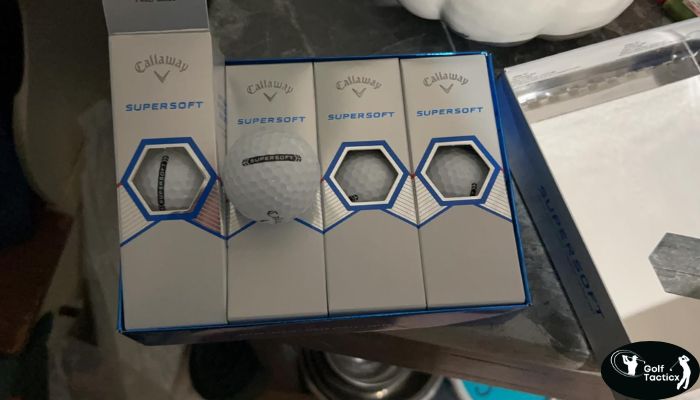
With reduced spin off the driver, golfers can avoid hooks and slices, achieving straighter, more accurate shots. The soft cover enhances the ball’s feel, especially on approach shots and putts, ensuring more control around the greens.
Whether you’re a beginner or a seasoned player, Callaway Supersoft golf balls will elevate your game and provide the perfect balance of distance, feel, and control.
Best for Control
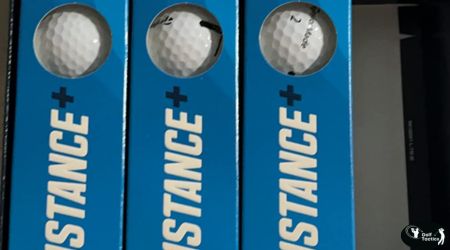
TaylorMade Distance+ Golf Balls
Distance: 9/10, Spin Control: 6/10, Durability: 8/10, Feel: 7/10, Trajectory: 8/10, Forgiveness: 7/10, Consistency: 8/10, Price: 7/10
Core Technology: High-energy core, Cover Material: Durable cover, Compression Rating: High compression, Dimple Pattern: Aerodynamic dimples, Ball Type: Distance, Flight Stability: Optimized flight, Color Options: White, Yellow, Environmental Impact: Standard materials

For golfers seeking maximum distance, the TaylorMade Golf 2021 Distance+ Golf Balls are engineered with a high-energy core and a controlled cover. The innovative dimple pattern optimizes aerodynamics for increased flight, ensuring maximum distance off the tee.
These golf balls are ideal for players looking to maximize ball speed and maintain optimal flight trajectory. Whether you’re facing calm weather or strong winds, these balls are designed to help you achieve long, consistent drives.
What truly sets the TaylorMade Golf 2021 Distance+ Golf Balls apart is their combination of power and durability. The high-energy core boosts ball speed, ensuring that every drive has the potential to cover maximum distance.
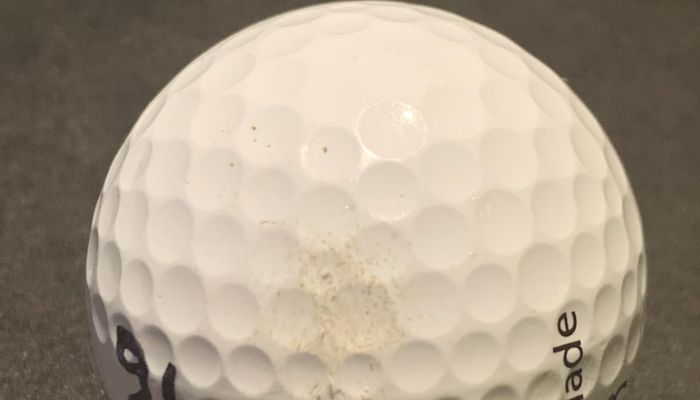
The durable cover ensures long-lasting performance, making these balls reliable for multiple rounds. The aerodynamically designed dimples help the balls maintain optimal flight, leading to consistent performance.
Whether you’re playing in calm conditions or facing windy weather, TaylorMade Distance+ Golf Balls will help you achieve your longest and most consistent drives.
Best for Distance
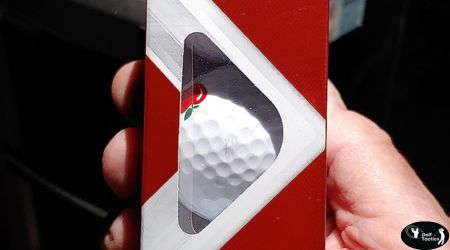
Titleist TruFeel
Distance: 8/10, Spin Control: 7/10, Durability: 8/10, Feel: 9/10, Trajectory: 7/10, Forgiveness: 8/10, Consistency: 9/10, Price: 6/10
Core Technology: Low compression, Cover Material: Soft cover, Compression Rating: Low compression, Dimple Pattern: Traditional dimples, Ball Type: Distance/Feel, Flight Stability: Balanced flight, Color Options: White, Yellow, Environmental Impact: Standard materials

The Titleist TruFeel Golf Balls are designed to offer a perfect balance between distance and a soft, responsive feel. Featuring a low compression core, these balls provide enhanced feel at impact while still achieving excellent distance off the tee.
The soft cover adds to the feel, providing increased control and spin around the greens. These golf balls are ideal for golfers who want to enjoy the benefits of a soft feel without sacrificing performance. Whether you’re hitting long drives or delicate approach shots, the TruFeel golf balls ensure a high level of consistency and performance.

What makes the Titleist TruFeel Golf Balls stand out is their premium feel combined with reliable performance. The low compression core enhances the ball’s responsiveness, allowing golfers to experience a soft touch at impact while maintaining distance.
The soft cover provides increased control, making it easier to manage spin around the greens. These golf balls are perfect for golfers who seek a balanced approach to their game, offering the best of both worlds distance and feel while delivering consistent results on the course.
Best for Accuracy

WILSON Wilson Profile Distance Golf Ball
Distance: 8/10, Spin Control: 6/10, Durability: 9/10, Feel: 7/10, Trajectory: 7/10, Forgiveness: 8/10, Consistency: 8/10, Price: 9/10
Core Technology: Standard core, Cover Material: Durable cover, Compression Rating: Medium compression, Dimple Pattern: Standard dimples, Ball Type: Distance/Value, Flight Stability: Moderate spin, Color Options: White, Environmental Impact: Standard materials

The WILSON Profile Distance Golf Ball 36 Pack is an excellent choice for golfers seeking distance, accuracy and value. Designed with a durable cover and an optimized dimple pattern, these balls provide increased flight and consistent distance off the tee.
Their construction ensures long-lasting performance, so you can enjoy multiple rounds without worrying about wear and tear. The affordable price point and large pack size make this an attractive option for golfers who want quality performance without breaking the bank. This value-packed set is perfect for golfers looking for a reliable ball that delivers solid distance on every shot.
What makes the WILSON Profile Distance Golf Ball 36 Pack unique is the combination of distance and cost-effectiveness. These balls are engineered to maximize distance, with a durable cover that can withstand the demands of regular play.
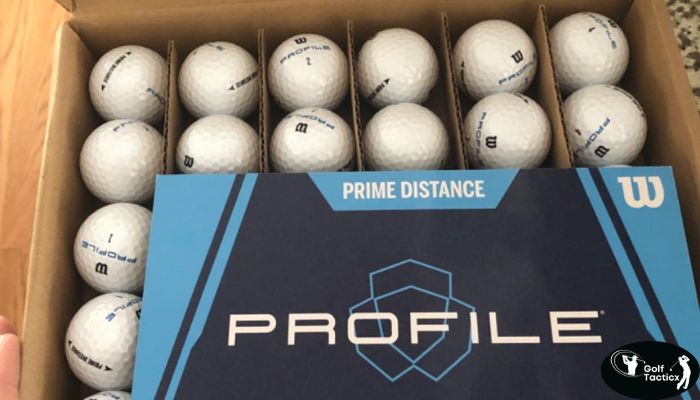
The dimple pattern ensures the ball stays in the air longer, providing consistent flight and optimal distance. The 36-pack size offers tremendous value, making it an ideal option for golfers who practice frequently or enjoy recreational play. If you’re looking for a reliable, budget-friendly ball that offers great performance, the WILSON Distance Golf Ball is a smart choice.
How to Pick the Best Golf Balls
Choosing the right golf ball can significantly impact your game. Here’s what to consider:
Skill Level: Beginners often benefit from distance balls with higher handicap players, while lower handicap players might prioritize feel and spin control.
Swing Speed: Higher swing speeds generally benefit from firmer, lower-spinning balls for maximum distance, while slower swing speeds might gain more distance with softer, higher-spinning balls.
Distance vs. Feel: Distance balls prioritize maximum yardage, often sacrificing some feel. Feel balls offer softer feedback at impact, often at the expense of some distance. Find the balance that suits your preference.
Spin: Lower spin off the driver reduces sidespin, leading to straighter drives. Higher spin around the greens provides better control and stopping power.
Compression: Compression relates to how much the ball compresses at impact. Matching compression to your swing speed optimizes energy transfer.
Cover Material: Urethane covers offer high spin and control around the greens but are less durable. Ionomer covers are more durable but offer less spin.
Dimple Pattern: Dimples affect the ball’s flight. Different patterns optimize for distance, trajectory, or spin.
Construction: Golf balls come in various constructions (2-piece, 3-piece, etc.). More layers often mean more performance characteristics but also higher cost.
Price: Golf balls range in price. Balance your budget with the performance characteristics you need.
Personal Preference: Ultimately, the best ball is the one that you feel most comfortable with and that performs best for your game. Experiment with different balls to find your perfect match.
FAQs
What is the difference between a two-piece and a three-piece golf ball?
Two-piece golf balls typically have a solid core and a durable outer cover, making them ideal for distance and durability. They are often favored by beginners. In contrast, three-piece balls feature a softer inner core, a layer for spin control, and an outer cover, providing better feel and control, which is preferred by more experienced players.
How do I know which golf ball is right for my skill level?
Choosing the right golf ball depends on your skill level and playing style. Beginners may benefit from softer balls that provide more distance and forgiveness, while intermediate and advanced players might prefer balls that offer better control and spin. Testing different types can help you find the best fit.
Do golf balls lose performance over time?
Golf balls can lose performance over time due to wear and tear, exposure to elements, or even just sitting unused for long periods. It’s generally recommended to replace your golf balls regularly, especially if they show visible signs of damage or if they’ve been stored for an extended time.
What factors should I consider when choosing a golf ball?
When selecting a golf ball, consider factors such as your playing style (distance vs. control), skill level (beginner vs. advanced), preferred feel (soft vs. firm), and the typical conditions of the courses you play (windy, wet, etc.). Each of these factors can significantly influence your performance on the course.
Can I use the same golf ball for all types of courses?
While you can use the same golf ball on different courses, it’s beneficial to choose a ball that complements the specific conditions of each course. For example, if you’re playing on a course with tight fairways and fast greens, you might want a ball that offers better control and spin rather than one focused solely on distance.
Conclusion
The 5 golf balls reviewed cater to different needs and skill levels. GoSports foam balls are ideal for safe training, Callaway Supersoft balances distance and feel, TaylorMade Distance+ maximizes distance, Titleist TruFeel offers a premium mix of feel and distance, and Wilson Profile Distance provides value and distance.
I highly recommend the Callaway Supersoft for its versatile balance of distance and feel, suitable for various golfers. For those prioritizing a premium feel and reliable performance around the greens, the Titleist TruFeel is a top choice. Both balls offer a blend of performance and feel, accommodating different playing styles and preferences.










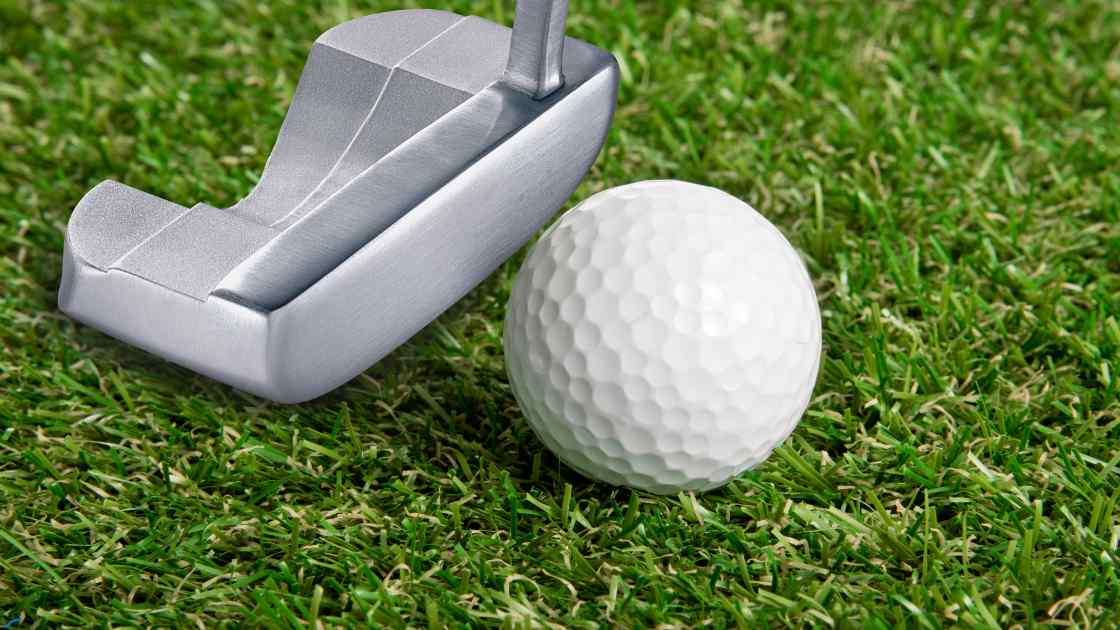


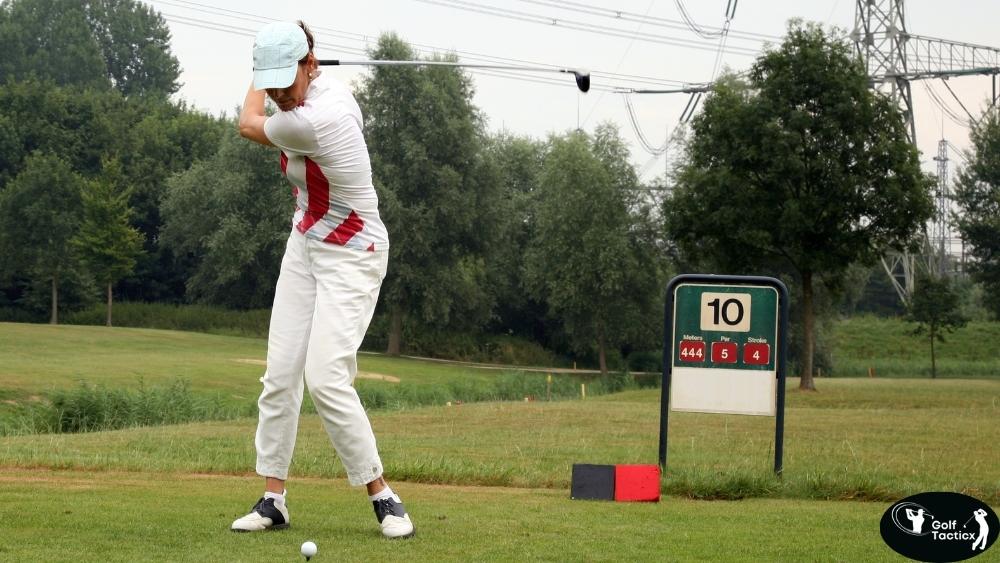


Leave a Reply